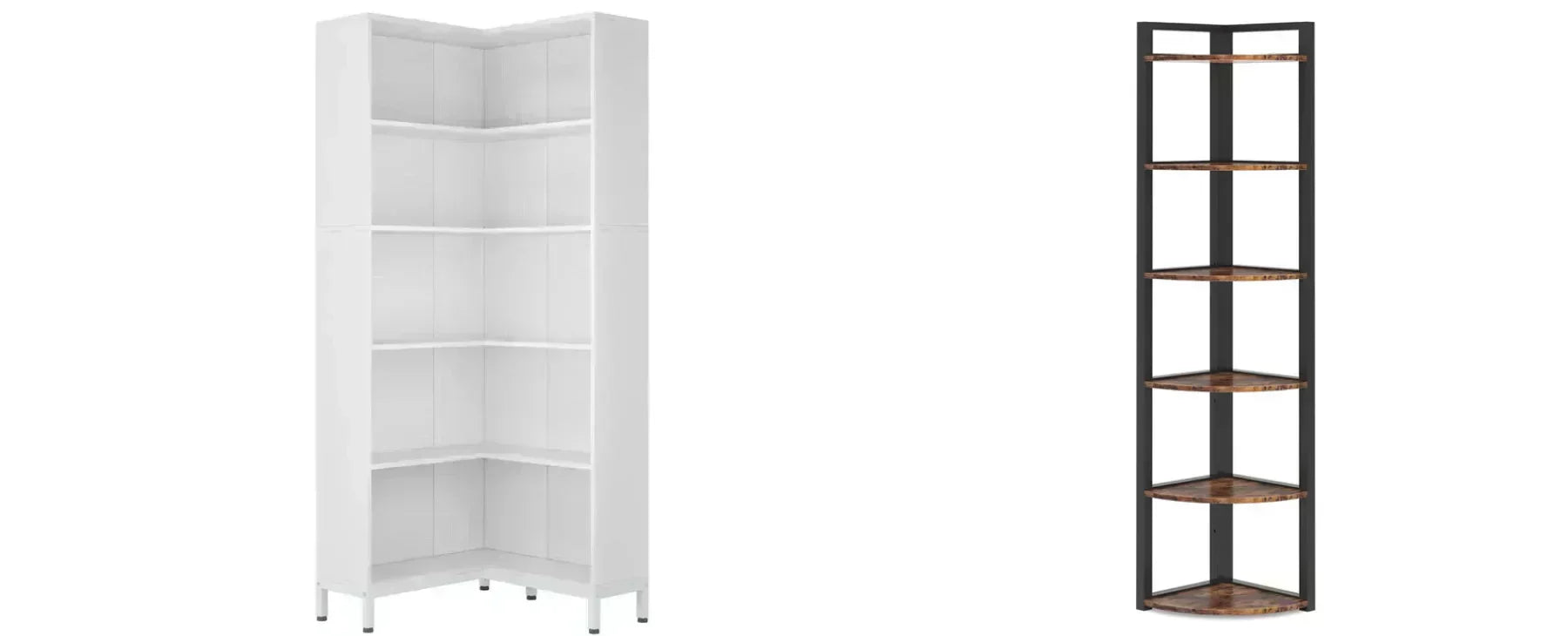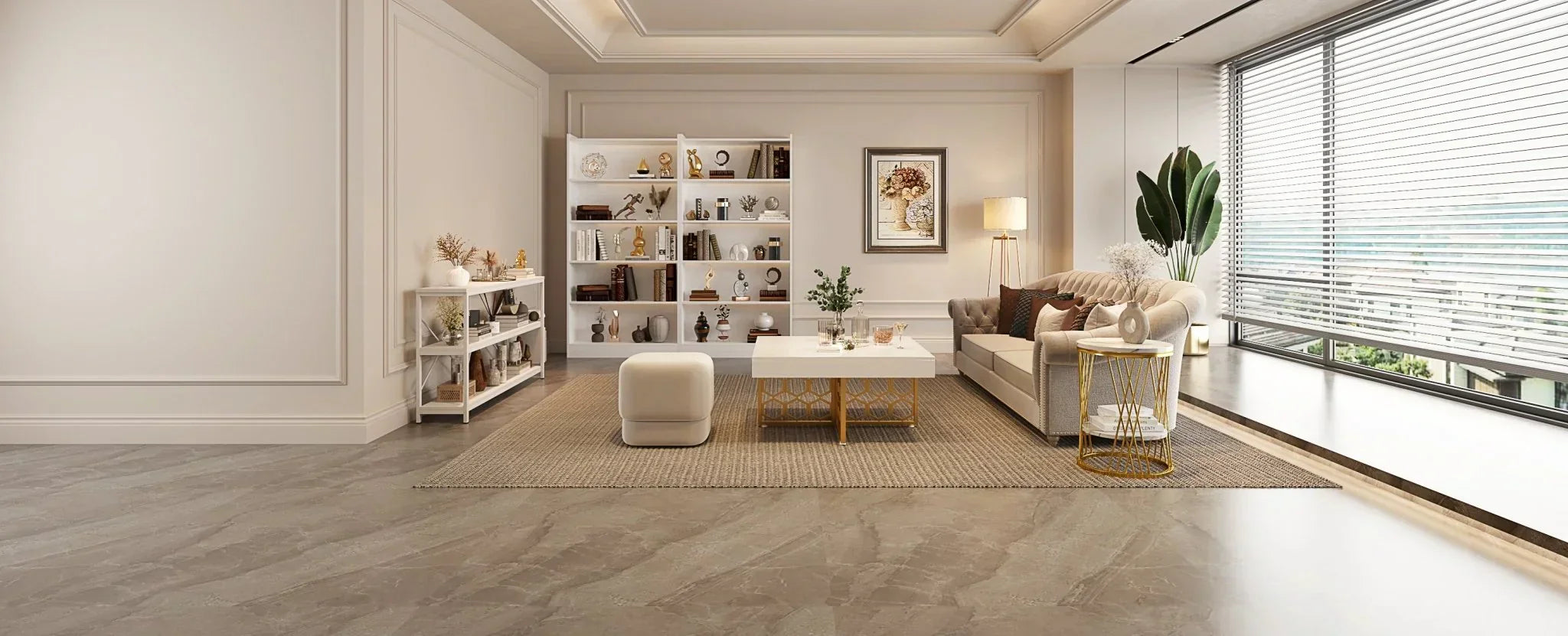Finding the right shoe storage involves more than just clearing clutter - it's about choosing pieces that withstand British weather patterns, complement your interior style, and serve your family's needs. The debate between wooden and plastic shoe racks continues to puzzle homeowners seeking both practicality and aesthetic appeal.
Understanding the distinct advantages of each material can transform how you organise your entryway, porch or wardrobe. From handling damp wellies to blending with your decor, we examine which option truly deserves a place in your home.
Why Your Shoe Rack Material Matters
Many homeowners underestimate how material choice impacts their storage solution's longevity and functionality. A poorly chosen rack might warp from moisture, buckle under heavy boots, or clash with your carefully curated interior scheme.
The right material affects:
- Durability in high-humidity environments
- Weight capacity for different footwear types
- Maintenance requirements
- Visual harmony with your existing furniture
- Environmental impact
For UK households dealing with rainy days, limited space, and diverse interior styles, this decision becomes particularly important. Whether you're storing school shoes in a busy hallway or organising trainers in a bedroom cupboard, the material should align with your lifestyle.
Advantages of Wooden Shoe Racks
Wooden shoe storage brings timeless appeal and robust construction to any home. These pieces often become integrated elements of your interior rather than merely functional items.
1. Enhanced Durability
Solid wood construction provides exceptional strength for storing heavy items like work boots or winter footwear without sagging or deformation. Quality wooden racks maintain their structural integrity through years of daily use.
2. Sophisticated Aesthetics
The natural warmth of wood complements both traditional and contemporary interiors. From rich oak finishes to painted modern designs, wooden racks seamlessly integrate with your existing furniture scheme.
3. Adaptable Designs
Many wooden options feature modular components or customisable configurations. Some designs incorporate additional functionality, such as integrated seating or storage cabinets with adjustable shelving.
4. Sustainable Choice
Environmentally conscious homeowners appreciate that many wooden racks utilise responsibly sourced timber. Their longer lifespan and recyclability further reduce environmental impact.
Tribesigns designs wooden shoe racks and cabinets to meet the demands of every UK home. Whether you need a slimline design for a tight space or a capacious unit for over 40 pairs, our range tackles the clutter challenge head-on. We combine robust functionality with timeless aesthetics to cleverly maintain an organised and inviting entrance.
Limitations of Wooden Designs
Despite their many benefits, wooden racks present certain considerations for UK households:
1. Moisture Sensitivity
Unless properly sealed, wood can be affected by damp conditions. Wet shoes and Britain's humid climate require either protective treatment or careful placement away from direct moisture.
2. Weight Considerations
Substantial construction means wooden units are less portable than their plastic counterparts. This makes them better suited to permanent positions rather than frequent rearrangement.
3. Investment Value
While offering excellent longevity, quality wooden storage typically commands a higher initial investment than basic plastic alternatives.
Benefits of Plastic Shoe Racks
Plastic storage solutions provide practical advantages for specific household needs:
1. Weather Resistance
Impervious to moisture, plastic racks confidently handle wet footwear without damage. They're ideal for porches, utility rooms, and garages where dampness is unavoidable.
2. Lightweight Portability
Easy to move and reposition, these racks suit households that frequently reorganise their spaces. Their light weight makes them particularly suitable for upper-floor storage.
3. Budget-Friendly Solutions
Affordable pricing makes plastic racks accessible for temporary needs, student accommodation, or households requiring multiple storage units.
4. Simple Maintenance
A quick wipe with a damp cloth is usually sufficient to keep plastic racks looking fresh, requiring no special cleaning products or protective treatments.
Drawbacks of Plastic Options
The practical benefits of plastic come with certain compromises:
1. Limited Durability
Lower-quality plastic may become brittle over time or crack under excessive weight. Long-term heavy use can compromise structural integrity.
2. Design Limitations
While modern designs have improved, plastic racks often lack the aesthetic sophistication of wooden alternatives, making them less suitable for prominent display areas.
3. Environmental Concerns
Most plastic shoe storage is manufactured from non-renewable resources and presents recycling challenges at end of life.
Direct Comparison: Wood vs Plastic
| Feature | Wooden Shoe Rack | Plastic Shoe Rack |
| Durability | Excellent long-term performance | Variable quality, may deteriorate |
| Weight Capacity | Superior strength for heavy footwear | Suitable for lightweight shoes |
| Moisture Resistance | Requires protection from damp | Waterproof |
| Aesthetic Appeal | Enhances interior decor | Functional appearance |
| Portability | Limited due to weight | Easy to move and reposition |
| Maintenance | Occasional treatment recommended | Minimal cleaning required |
| Eco-Friendliness | Renewable, biodegradable materials | Petroleum-based production |
| Price Range | Mid to premium investment | Budget-friendly options |
Making Your Final Choice
Your ideal shoe storage solution depends on balancing practical requirements with aesthetic preferences. Wooden racks offer enduring style and strength for permanent installations in main living areas, while plastic provides flexible, moisture-resistant storage for utility spaces and temporary needs.
Consider your specific circumstances:
- Choose wood for elegant, long-term solutions in hallways and bedrooms
- Select plastic for damp environments, temporary accommodation, or tight budgets
- Look for hybrid solutions that combine materials for optimal performance



